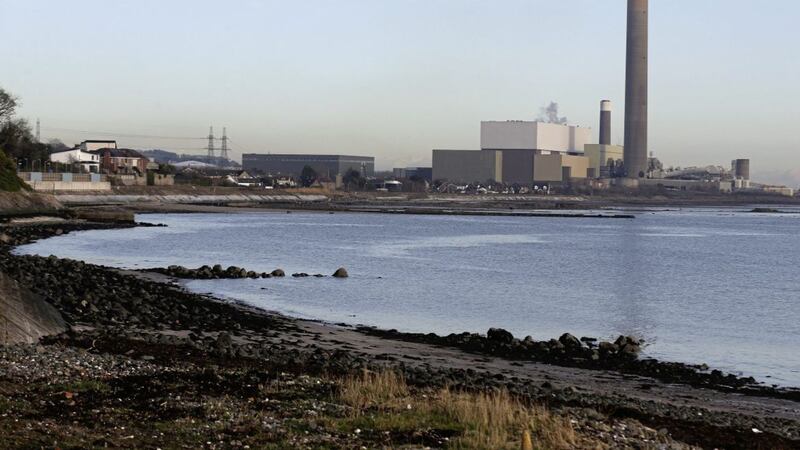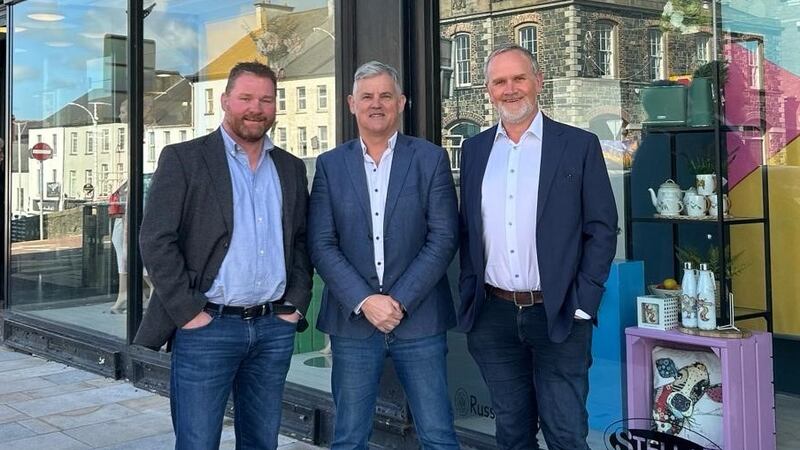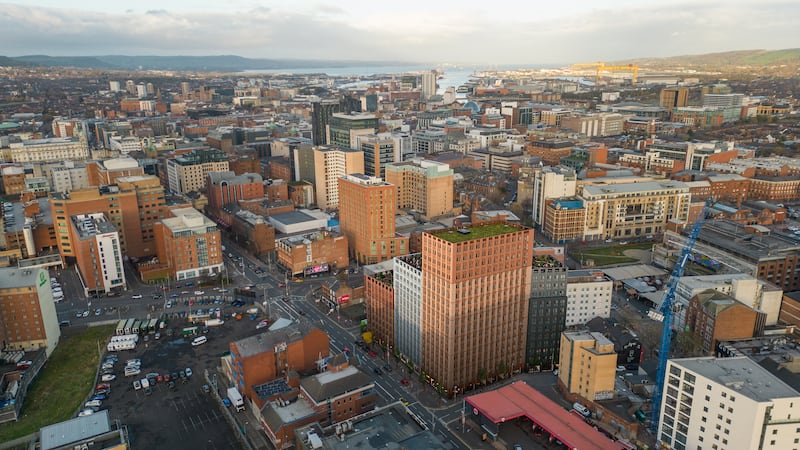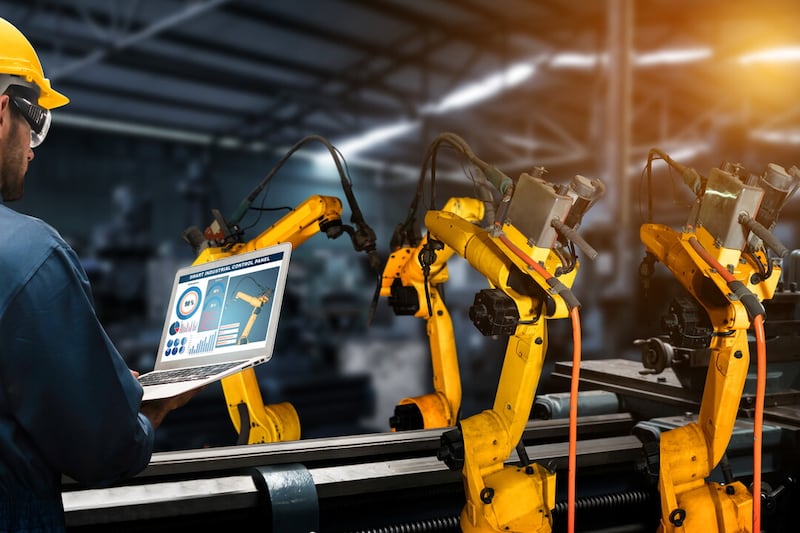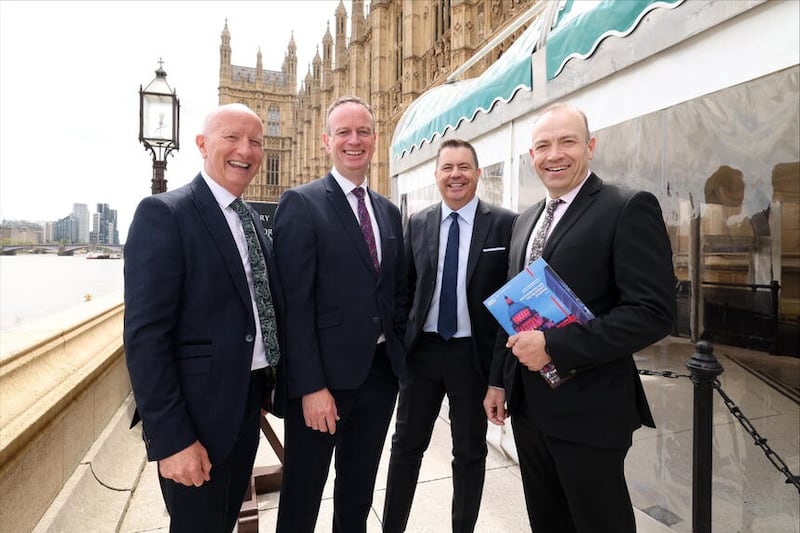“OUR energy bill in Northern Ireland last year was £9 million – it has been an Achilles heel for us” . . .
They are the words of Wayne Culbertson, chief executive of Michelin UK, when interviewed about why their plant near Ballymena was chosen for closure.
Our high energy bills come with consequences. The most recent quarterly transparency report from the Utility Regulator shows that after a couple of years of positive progress, electricity prices for our largest users are now the second most expensive in Europe. Medium and small-to-medium connections aren’t much better sitting at third or fourth most expensive.
Domestic consumers and small business users get a good deal with some of the cheapest prices in Europe. But in manufacturing, our large firms account for half of the jobs and half of the turnover. These firms are economically and strategically important. Without them, the sector’s output, supply chain and employment collapses and the heavy burden of costs are left for all other consumers to pick up.
The new integrated single electricity market (ISEM) came online on October 1 with promises of a more efficient and competitive market for consumers. But evidence so far points to a market which works for some but not for all.
Savings were to be seen from a reduced pot to pay for capacity with savings re-profiled into new services to make the system more efficient leading to cheaper prices from the generators for consumers.
But from the start, the market has run in to difficulties with consumers picking up the bill.
When US corporation AES missed out on lucrative capacity contracts, it threatened to close both its Kilroot and Ballylumford power stations. After negotiations, an additional £14m was lumped on to local bills.
The new market has many moving parts and is almost impenetrable for consumers to understand . . . that is until they receive their monthly bills which shows prices more than 30 per cent more expensive than the previous year. And those firms who have tried to take control of their own generation or with variable electricity loads are being most negatively impacted.
Prices in the ‘Balancing Market’ are the most volatile, hurting manufacturing businesses more than most, with prices peaking at an eye watering £5,000 per megawatt hour on January 24.
Market operators and regulators say that their first priority has been met – that the market hasn’t fallen over and power is being generated. Great, but what about those who actually pay for everything? There’s only a marketplace if there are customers there able to pay!
When we had a scrutiny committee at Stormont, consumers had a chance to get explanations and accountability. The diligence of MLAs like the DUP's Paul Frew, SDLP’s Patsy McGlone and Sinn Fein’s Phil Flanagan saved consumers huge sums from poor policy choices and ensured transparency for consumers.
Michelin workers paid a huge price for their high energy costs. But who is accountable for a market which works for profitable generators at the cost of struggling consumers? Who is accountable for the £14 million extra for AES and who is accountable for a market which deals out prices of £5,000 megawatt hours?
With Brexit already biting and a potential additional £300m annual recurring price for customs on its way, we can’t afford the most expensive energy market in Europe. We need an energy market which works not just for the generators and the market operators but for all consumers too.
:: Stephen Kelly (stephenkelly@manufacturingni.org) is chief executive of Manufacturing NI. Follow at @ManufacturingNI
